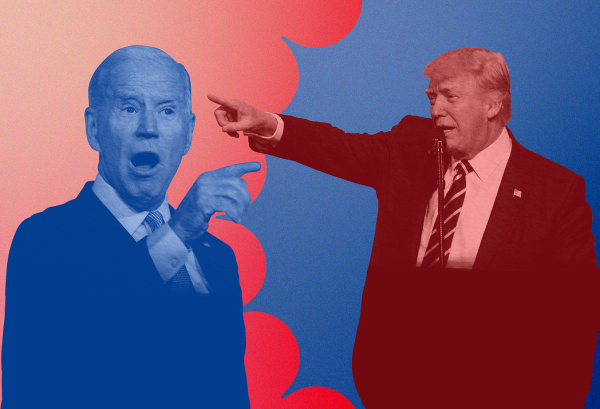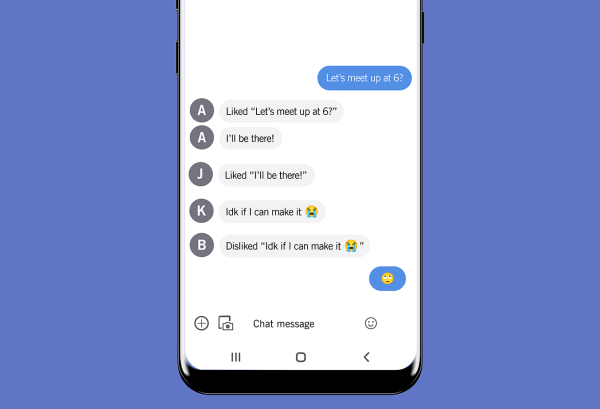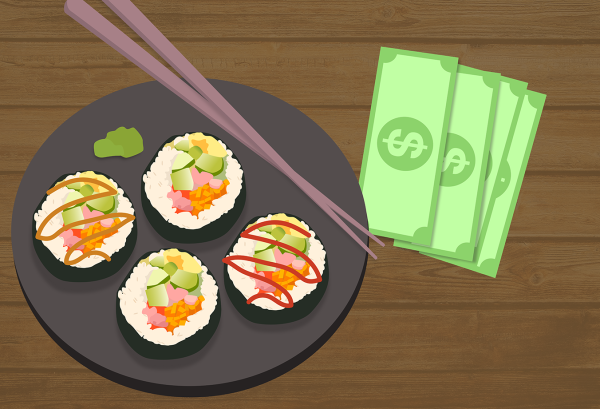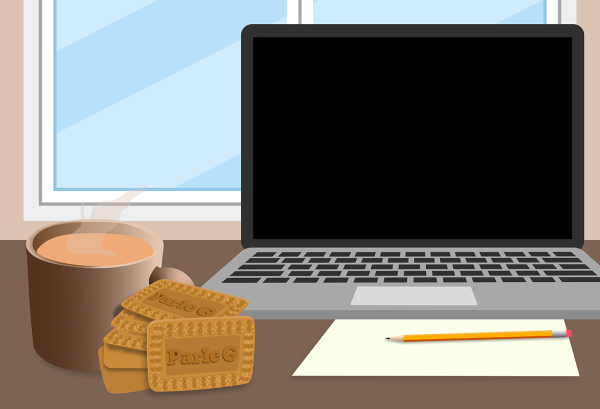The O’Hanlon mural is painful, confusing and complicated
April 5, 2019
Reminders of pain and suffering. A symbol of oppression. Feeling like an unwanted, second-class student. Tired of thinking that their university doesn’t care about them.
Those are the concerns African-American students have had when they see Ann Rice O’Hanlon’s highly criticized fresco mural in Memorial Hall. The mural depicts slaves and people of color in a way that many students find racist, unsettling and disrespectful. Those concerns were voiced during the recent stand-in at the Main Building on campus and had been voiced before that.
I can’t imagine the pain of having to be constantly reminded off the oppression that African-Americans, minorities and people of color have gone through for centuries and still go through today. It’s not fair and it’s pure evil. No one can ever justify what history has put them through.
Slavery, Jim Crow, lynching, discrimination and prejudice in different forms, mass incarceration, a “War on Drugs” (which is really a racist war on people of color), police brutality, biased media coverage, racially driven economic inequality and blatant exclusion by others are some of the many barriers and challenges African-American students are reminded of by the mural.
I’m not African-American. I can’t say I will ever fully understand the collective trauma and plight of African-Americans. But, as a minority and a person of color who has experienced racism and discrimination growing up in Lexington, I absolutely relate, to a degree. I’ve had racial slurs thrown my way. I’ve been told to “go back where I came from.” I’ve been told I don’t belong in America. I have been physically attacked too.
And I hated those experiences. And I still go through them. And I’m still angry. So, yes, those students’ concerns are valid. Very valid. Anyone with a teardrop of humanity would agree.
But then lies the big question that has divided many: Should the mural be removed?
For me, it’s an easy answer. Remove the mural!
But that’s me. I don’t want to have to see traumatic images and stories on a constant basis when I go to class. I see the pain, anger and sadness in people who have gone through the psychological torment of the mural’s reminders. These are people who are already struggling through the challenge of being in a predominately white institution.
Imagine if a group of bullies ganged up and beat you up. They leave you with physical and mental scars. The pain is so immense that you’re sad and even unable to cope with the pain at times. You never want to see those evil people ever again. Odds are the bullies don’t want to see you either. Unless you’re suffering.
Don’t you think those students feel the same way about those who have oppressed them and their ancestors? Who wants to be reminded of their pain? As the saying goes, what doesn’t kill you makes you stronger. But enough is enough. Enough is enough. We need to move on.
Others will disagree with me. And those disagreements are just as valid as the pain that people go through when they see the mural. We can agree to disagree, my friends. How are those disagreements valid? Well, for several reasons.
A good friend of mine pointed out a simple yet overlooked reason. She said that the mural will not change the views of racist students or faculty. I wholeheartedly agree with her. How will removing the mural change the view of a racist student? His ideas will be the same, with or without the mural. Maybe some racist students haven’t even seen it!
Another reason, and arguably the biggest reason, why some people want to keep the mural up in Memorial Hall is because it serves a reminder of how far African-Americans and minorities have come. Some have said that people should appreciate the fact that these people have worked hard and tirelessly to achieve civil rights and freedom.
I agree and disagree. Yes, I agree that African-American people can look at that and say, “Wow, we have worked against history and time to achieve freedom.” They have come a long, long way and deserve that recognition. Recognition is important to empowerment and feeling confident and highly esteemed.
Now, I strongly disagree though for two reasons.
One, some African-Americans have been through experiences that are worse than others. Not all African-Americans have the same story. Some have received more unfair treatment than others. Some come from backgrounds that might be considered more pleasant than others. That’s why the mural doesn’t get the same reception from every African-American.
Two, people can learn about that history and feel that sense of achievement somewhere like a museum. Museums are places where you can leisurely stroll in and out of on your own time. You can learn and take away as much as you want whenever you want. No one is force feeding the mural to your psyche. It’s a fair compromise if you ask me.
All in all, I stand by my position to have the university remove the mural, not just cover it. It’s a racist and disgusting reminder of the fact that African-American students at UK are disadvantaged compared to their white classmates. Why they are disadvantaged is something I will discuss in another article.
I’ll leave the reader with this piece of dessert to finish off the meal. Almost exactly 51 years ago, we watched the adults in this country attempt to kill hope. That hope was Dr. Martin Luther King Jr. He had his life snatched away from him by a white assassin shrouded by ignorance.
We always talk about reparations and apologizing for the trauma white people inflicted and continue to inflict on African-Americans. One of those most traumatic moments always will be Dr. King’s cold-blooded murder. So, how can the system get one step closer to righting its past wrongdoings?
Remove the mural.
Sidenote: I don’t think Dr. King would appreciate the hypocrisy of a school that named a center after him.




















































































































































